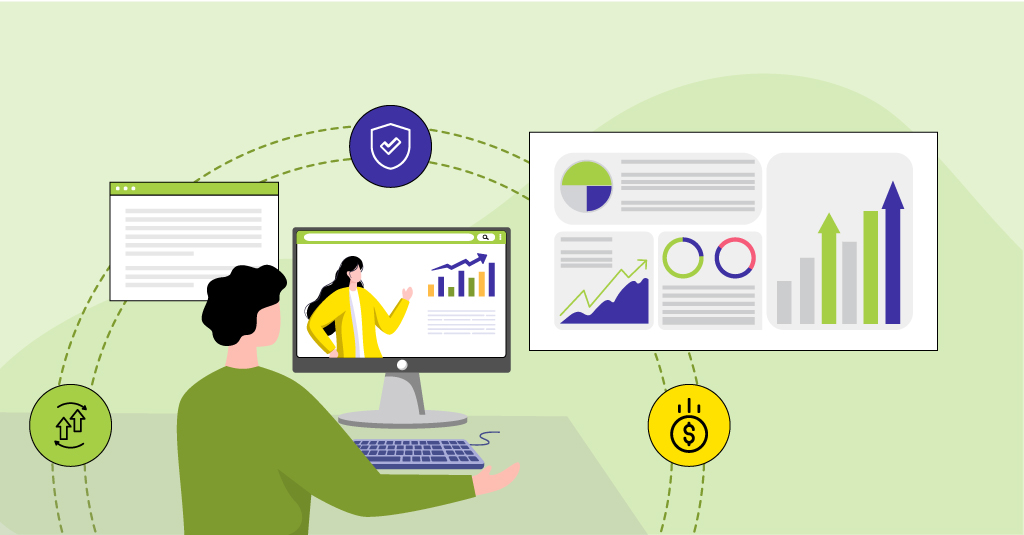In 2009, Steve Jobs famously declared Flash to be buggy and resource hungry and the whole world moved to HTML5. He did elaborate his thoughts in this article where he said “new open standards created in the mobile era, such as HTML5, will win on mobile devices (and on PCs too)”. In that last bit ‘and on PCs too’ he could clearly see the upcoming consumerisation of IT and its effects on enterprise IT.
We can all see how mobility has moved from the personal computing space to business and is now beginning to impact enterprise computing. So while Flash was going out, HTML5 presented itself as a promising alternative – it could play audio, video, 2D/3D graphics, and animation, all without a plugin. Additionally HTML5 also promised to give hardware access and offline storage.
Even if all of this makes enough sense for web designers to switch to HTML5, why should you consider moving your eLearning to HTML5? Here are 3 key reasons –
-
- BYOD is growing
We live in a multi-device world, using 2-4 devices during the day. We like to switch from one device to another, taking up our unfinished tasks on devices other than those we start them on. And we want all content to be available on all our devices. It will be the same with eLearning.
This is leading to the growing trend of BYOD (Bring Your Own Device) worldwide. Staff are using their personal devices to access business applications. Gartner predicts that by 2017 half of employers will require employees to supply their own device for work purposes. In such a scenario you would end up delivering eLearning on a wide range of devices. You need a technology that can be built once and delivered everywhere. That’s HTML5.
-
- Investment locked in legacy courses
Over the years you’ve built your eLearning courses using Flash or Authoring tools that output Flash courses. None of these courses work on tablets and smartphones and your investment is kind of locked to desktop delivery only. As staff starts expecting eLearning to be available on their favorite devices, you should look at mEnabling some (yes, not all – just those that make sense for tablet/mobile delivery) of your legacy courses (read how to mEnable your eLearning). Converting Flash courses to HTML5 can unlock some of your investment as it would be cheaper that rebuilding those courses from scratch. There are some cost-effective ways to convert eLearning to tablet-compatible format.
-
- Future proofing your new investment in courses
You don’t want to be in the same situation again with investment in courses locked in an old technology. HTML5, being an open standard adopted by W3C and being incorporated in all latest browsers, presents a long-term option. Also the way learning is delivered and facilitated is seeing change. With models like 70:20:10 gaining acceptance, more and more L&D staff wish to do something about the informal / social learning elements of the mix. As we see it, underlying this shift will be resources – small nuggets built with a technology that allows them to be delivered on a whole variety of devices. Soon we may find some of these resources being delivered on wearables like Google Glass (read 5 Reasons to Pay Attention to Google Glass) or Android wear devices (read Personal Learning Agents with Android Wear). We also believe HTML5 will power the adoption and use of xAPI, gamification, and badges as well in times to come.
So there you are. These are the 3 reasons why we believe you should be moving your eLearning to HTML5. Are there any other reasons for considering the move? Share your thoughts in the comments section below.



















